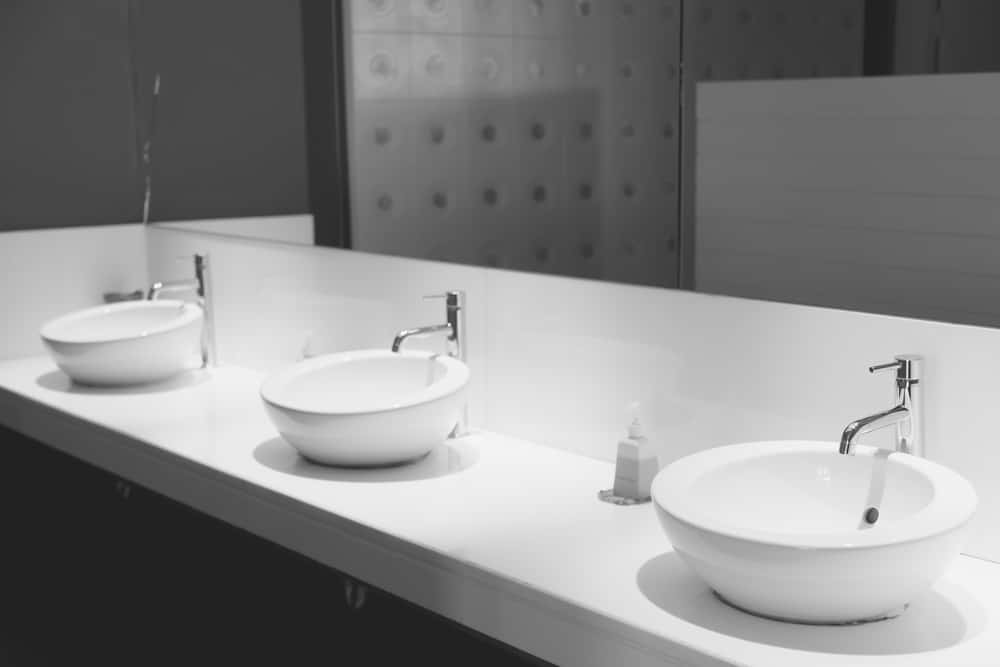
Alsco is known throughout North America as a leading provider of uniforms and linens. But did you know that we also provide washroom products and cleaning chemical systems? We do, primarily because we understand the importance of maintaining clean washrooms. U.S. law requires companies to clean public washrooms so we help companies maintain compliance.
Below are three facts that every employer should know about washroom cleaning. Regardless of the size of your business or the industry you are involved in, maintaining clean washrooms is not optional. The Occupational Safety and Health Administration’s (OSHA) regulations lay out what is required of you as an employer. If you are not familiar with these regulations, now is as good a time as any to change that.
1. Cleaning Schedules Should Fit the Situation
The first thing to know is that OSHA regulations do not dictate a standard cleaning schedule. Section 1915 of the Occupational Safety and Health Standards only says that “the employer shall establish and implement a schedule for servicing, cleaning, and supplying each facility to ensure it is maintained in a clean, sanitary, and serviceable condition.”
You can clearly see that the law requires employers to maintain clean and sanitary washrooms. Note that there is a difference between being visibly clean and being sanitary. The term “sanitary” relates to circumstances that affect personal hygiene and health. Thus, a sanitary bathroom is one that is free of pathogens that make people sick.
How frequently washrooms should be cleaned to maintain sanitary conditions depends on several factors. You have to assess the size of the workforce in relation to the number of washrooms, the frequency that washrooms are soiled, and so forth. The general rule states that workplace washrooms should be cleaned and sanitized at least once per day.
2. Choice of Cleaning Products is Important
A company's choice of cleaning products is important to maintaining sanitary conditions. In other words, some cleaning products do little to kill bacteria and other pathogens. They simply make surfaces look clean to the naked eye.
Maintaining compliance with OSHA regulations requires using cleaning products that disinfect contaminated surfaces. Your best bet is to utilize health-care-grade cleaning products capable of eliminating up to 99.9% of all germs on contact. Remember that the goal here is to disinfect rather than simply remove visual evidence of contamination.
3. Cleaning Procedures Make a Difference
Finally, you should understand that cleaning procedures make a difference. For example, workers tasked with cleaning should step back and assess high-risk surfaces. These are surfaces that people are most likely to touch with their hands, picking up bacteria as a result. Washroom fixtures immediately come to mind.
Door handles, toilet handles, and towel dispensers are examples of high-risk surfaces. Cleaning procedures should emphasize that workers pay extra attention to these surfaces, with disinfection being the main priority.
Though floors do not pose as much of a threat as high-risk surfaces, they can also accumulate potentially harmful pathogens. For this reason, proper wet mopping procedures should be used. Wet mopping involves more than using a damp string mop to push dirt around. A proper procedure includes wetting the floor with hot water and a disinfectant cleaning solution followed by soaking everything up with a damp mop.
We know that hygiene is important at home and in the workplace. As a company owner or manager, you have certain obligations to protect employee health. These include maintaining clean and sanitary washrooms.
